|
Mild spoilers to follow. Why is parody the easiest art form? Because somebody else does the heavy lifting. That’s not to say that writing a good parody is easy – it ain’t – but it is easier to make a joke about Star Trek than to create Star Trek. That’s why YouTube is full of people parodying pop culture rather than overflowing with original concepts. I’ve been trying to figure out why Netflix’s current hit show, Stranger Things, didn’t quite connect with me, and I think that’s it. The series, while enjoyable – especially when the kids are onscreen – is essentially a parody. The show re-creates so many aspects from other films that it fails to pull its own narrative weight. The success of any particular scene depends upon how skillfully the re-creation is done. Whether the film is E.T., Alien, Firestarter, Donnie Darko, Stand by Me, or any of the other dozen works synthesized by Stranger Things, it only rarely transcends being a parody. Pinocchio never quite becomes a real boy. This is also not to say that the things the show is borrowing were 100% original at the time either. John Carpenter remade the Howard Hawks western Rio Bravo at least twice (in Assault on Precinct 13 and Ghost of Mars) and the Hawks horror movie The Thing. Did he improve upon them? Assault is a terrific movie, although improving on Rio Bravo is an impossible challenge. I do think he vastly improved The Thing, his version being one of the all-time great sci-fi horror films. All of our stories build on each other and it’s natural for this to happen. In talking about Stranger Things recently with a friend who directs theater, we ended up discussing J.J. Abrams’ Super 8, which is two-thirds of a great movie grafted onto a disastrous third act. With Super 8, the blatant Spielberg-isms distracted me for a few minutes until I got caught up in the characters and lasted until that script committed hari-kiri in the last reel or so. We also brought up Joe Dante’s Explorers, which is very similar: two-thirds of a charming movie until the WTF third act happens. Third acts are hard. What can you do. Please note I am not at all saying that Stranger Things is bad – I enjoyed much of it, especially under the surer directorial hand of Shawn Levy in episodes 3 & 4. (No, I am not especially a fan of Night at the Museum, but the difference in episode 3, from 1 and 2, was so immediately noticeable I checked IMDB while watching.) There are many good scenes, and there is some excellent writing in episode 6, by Jessie Nickson-Lopez, and the four central characters, played by Millie Bobby Brown, Finn Wolfhard, Caleb McLaughlin, and Gatem Matarazzo, are engaging throughout. It is, by and large, a fun ride. 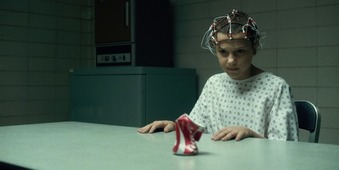 Stranger Things also sets its story (about a young girl called Eleven, played by Brown) in a backdrop of real history. It’s a background that people are probably more aware of than previously, but not likely in the kind of detail to make them truly appreciate its scope. The fact of the matter is that the types of experiments depicted in Stranger Things are not oversold. If anything, the show soft-pedals the experiments. The program, MK-ULTRA, did involve people being dosed with LSD without their knowledge and experiments on prison and mental health populations. They did perform ESP and “remote viewing” experiments designed to investigate whether there was a way to weaponize the human mind. There were experiments designed specifically with the goal of mind control. The key figure in much of this research, and the person who seems to be a rough model for Matthew Modine’s character, is Dr. Sidney Gottlieb. Dr. Gottlieb became the main operational head of MK-ULTRA in 1953, having been put into that position by CIA Director Allen Dulles. Dulles had placed Richard Helms in a position to oversee the overall project, while Dr Gottlieb ran the various experiments. (This is of particular interest to me, since Dulles and Helms were very likely key players in the Kennedy assassination as well.) The most recent biography of Allen Dulles, The Devil's Chessboard, written by David Talbot, describes the program like so:
In one particular experiment, LSD was given to patients, some of whom were lobotomized, so that researchers could compare the effects of the drug on different patients. (Potash, 34) In one particular instance, Dr. Gottlieb targeted against Frank Olson, a scientist who also worked for the CIA. Olson’s death came after Olson had stated that he had personally witnessed people being tortured to death under the program. (Albarelli, 686). Unfortunately, we don’t know the total extent of MKULTRA crimes, because Richard Helms destroyed most of the relevant documents in 1973. What little we do know comes from surviving documents as well as congressional hearings that were held. Take a look at this exchange between Senator Ted Kennedy and then-CIA Director Stansfield Turner: Senator KENNEDY. Well, do I understand you have not contacted the Justice Department about this particular case since the development of this new material about Gottlieb? 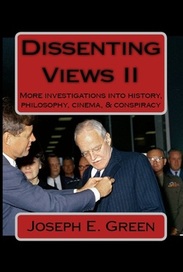 There is more – much more. Dr. Ewen Cameron, another scientist backed by the CIA, developed a technique he called “psychic driving.” It involved taking people – mostly women – and keeping them in beds where they would listen to tapes feeding suggestions into their heads, after they had experienced electroshock. At the time he was conducting these experiments, Dr. Cameron was the President of the U.S. and World Psychiatric Association, as well as the American Psychopathological Association. Stranger Things uses these experiments as background – but if you get curious about them, there are some excellent resources to look at. It should also help to understand that this didn’t begin with MK-ULTRA; in my own book, Dissenting Views II, I note that Fort Detrick, which played a role in the 9/11 attacks, employed a man named Dr. Hideyo Naguchi, who deliberately injected 146 children with syphilis in 1911. Fort Detrick was begun by Dr. Cornelius Rhoads of the Rockefeller Institute of Medical Research. (68) For a good survey of this subject, also see War Against the Weak by Edwin Black. The paranoia experienced by the characters has an excellent basis; as William Burroughs said, the paranoid man is the one with all the facts. Unfortunately, unlike the show, in real life there are few happy endings.
2 Comments
David stahl
9/20/2016 08:56:30 am
Good article, scary subject matter--not the fantasy, but rather the reality of what the CIA has done to its own citizens. Then there's the "deposing" of democratically elected leaders around the world by the agency. When US leaders talk about "evil empires" we should put ourselves near the top of that list.
Reply
Joe G.
9/20/2016 05:25:51 pm
David,
Reply
Your comment will be posted after it is approved.
Leave a Reply. |
AuthorThis is Joe Green's blog. Archives
August 2021
Categories |
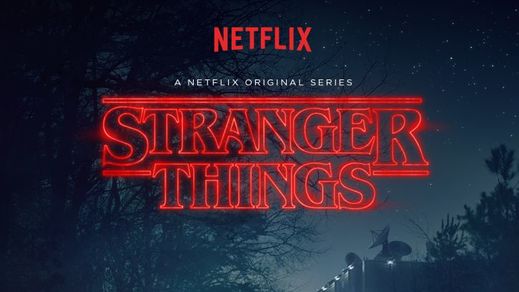
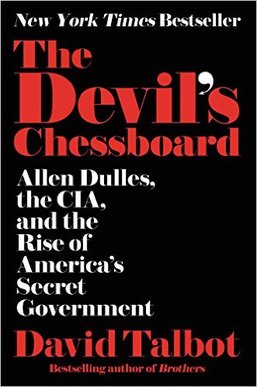
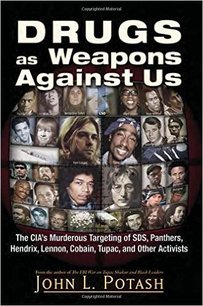

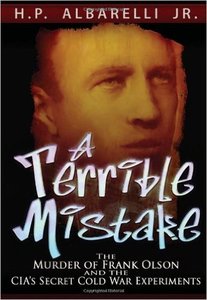
 RSS Feed
RSS Feed
